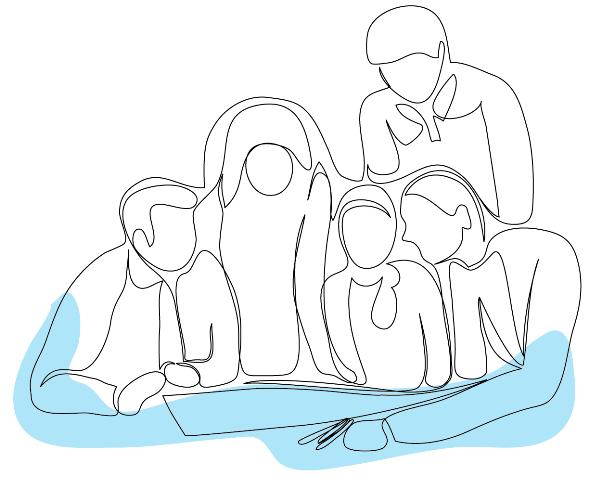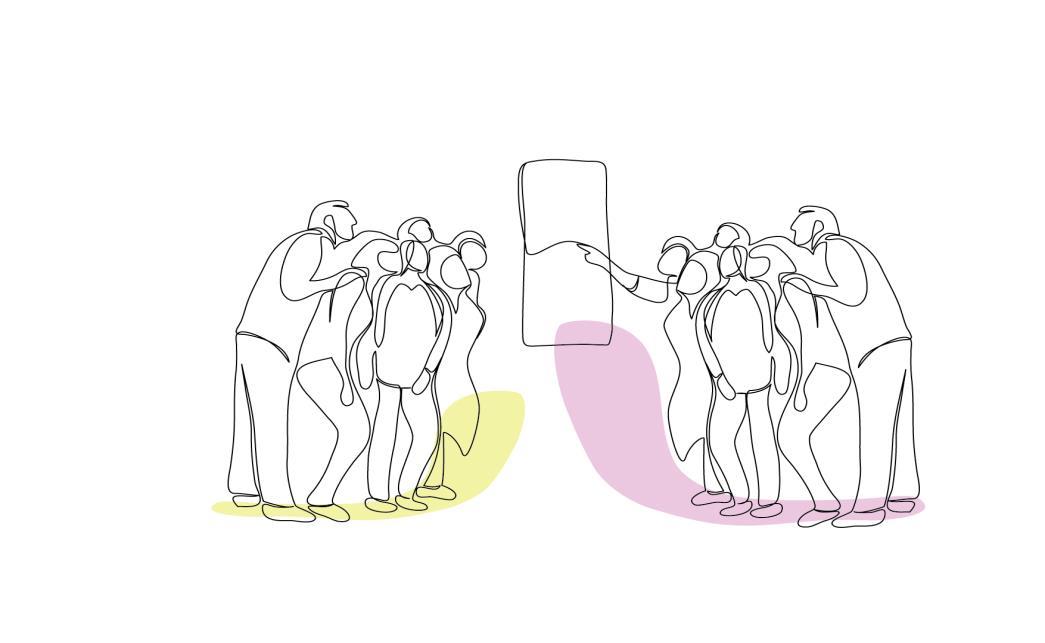
3 minute read
3.2.3. Brainstorming Session
3.2.3. Brainstorming Session
Type Objectives
Advertisement
Duration Group size Materials Description
Debriefing & Reflection Learning outcomes
Presentation, debate, group activity Motivating the participants to come up with personal contribution related to the topic; Learn to research a topic and understand the impact of fake news.
30min 15-20 participants Flipchart paper & markers The participants are split in groups of 5-6 and asked to come up spontaneously with topics related to media education. The facilitator writes everything down on little pieces of paper. Each group is asked to pull out a piece of paper with one of the topics and to make a small presentation about it using the given materials. Topics on media education could include: impact of fake news in the workplace/community, ways to spot fake news, why we accept fake news and so on. Participants are encouraged to present their work. What did we accomplish? What can we learn from this? Social and civic competences: Making a presentation on a topic on media education.
Learning to learn: Be more aware about fake news and how easy it is to manipulate someone through information; The debriefing supports individual and collective learning process
Additional comments Resources
Sense of initiative and entrepreneurship: Choosing topics that will be interesting for the audience and can have an impact on them. Facilitators should encourage the participants to speak their mind.

3.2.4.
Type What is Fake News? Introduction of Fake News and Its Impact on Society. Share your Story!
Presentation, reflection exercise, group discussion, team building
Objectives
Duration Group size Materials Description
Debriefing & Reflection
Learning outcomes
Getting to know and understand what fake news is, how and why is it created; Understanding the impact that it has on society. 30min 15-20 participants A3 papers & markers. The facilitators introduce the topic of fake news to the participants and divide them in two groups. Each group has a question to answer: ‘What is fake news?’ and ‘What is the impact of fake news?’. The groups have 10 mins to discuss the given question and write down their answers. The facilitators should enable the groups to interact without interfering too much so they have space to evolve their critical thinking, bond with each other and express themselves. After that, the two groups should present their results. During the presentation, questions that may arise should be answered by the participants or the facilitators, depending on the nature of the question. After that a 10-minute presentation answering the two questions in a more informative context should be carried out by the facilitators. Last but not least, the participants have an open group discussion, letting them reflect on when and how they interacted with fake news. The questions asked in the last part, on the activity Share your Story: Have you ever been misled by fake news? Have you felt the impact of fake news on society? Or on your personal life? Did you discover a case you interacted with fake news, but did not realise it was fake news until now? Digital competence: Formulating opinions and discussing on fake news in a structured manner
Learning to learn: The open group discussion facilitates the connection of individual experience to collective knowledge through peer learning;
Additional comments
Social and civic competences: learning to work in a team; develop presentation and storytelling skills.
Participants need to think outside the box and to focus on answering the questions with general arguments and not spend time focused on specific examples.
Resources
For the first part of the activity, participants should actively participate to give their own answers to the questions so that they can relate their ideas to the presentation that follows afterwards. cits.ucsb.edu/fake-news












